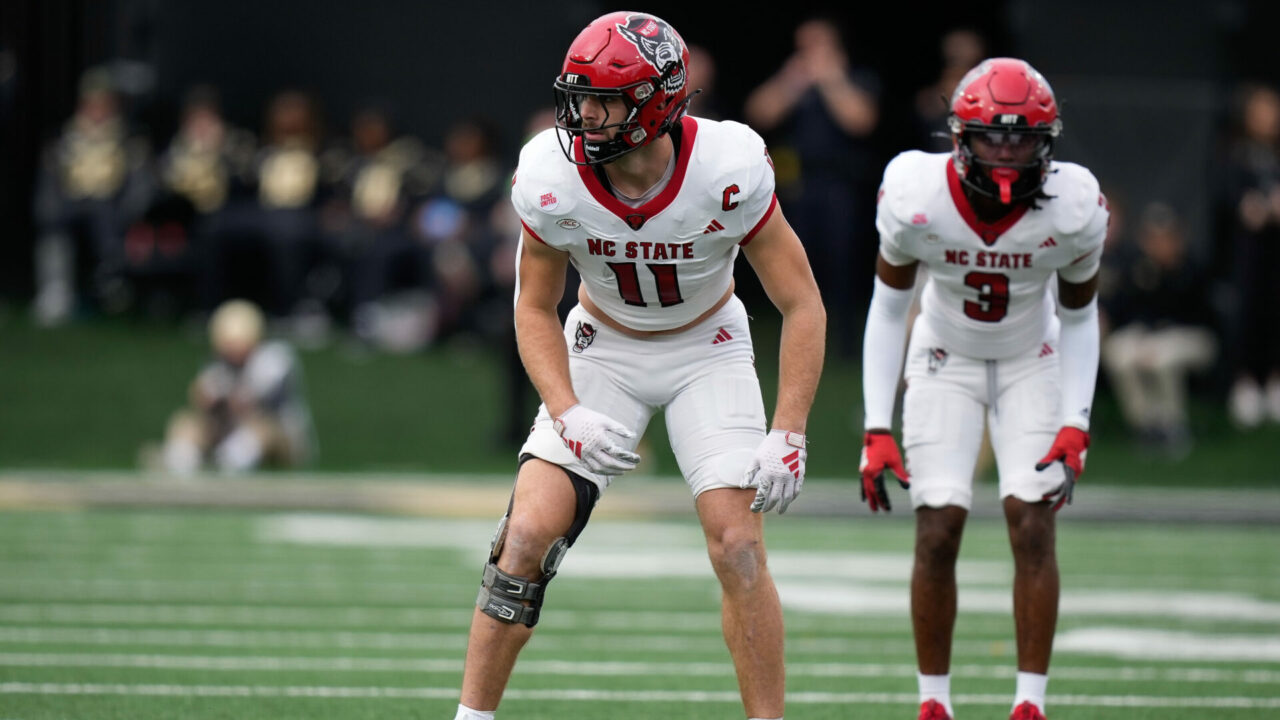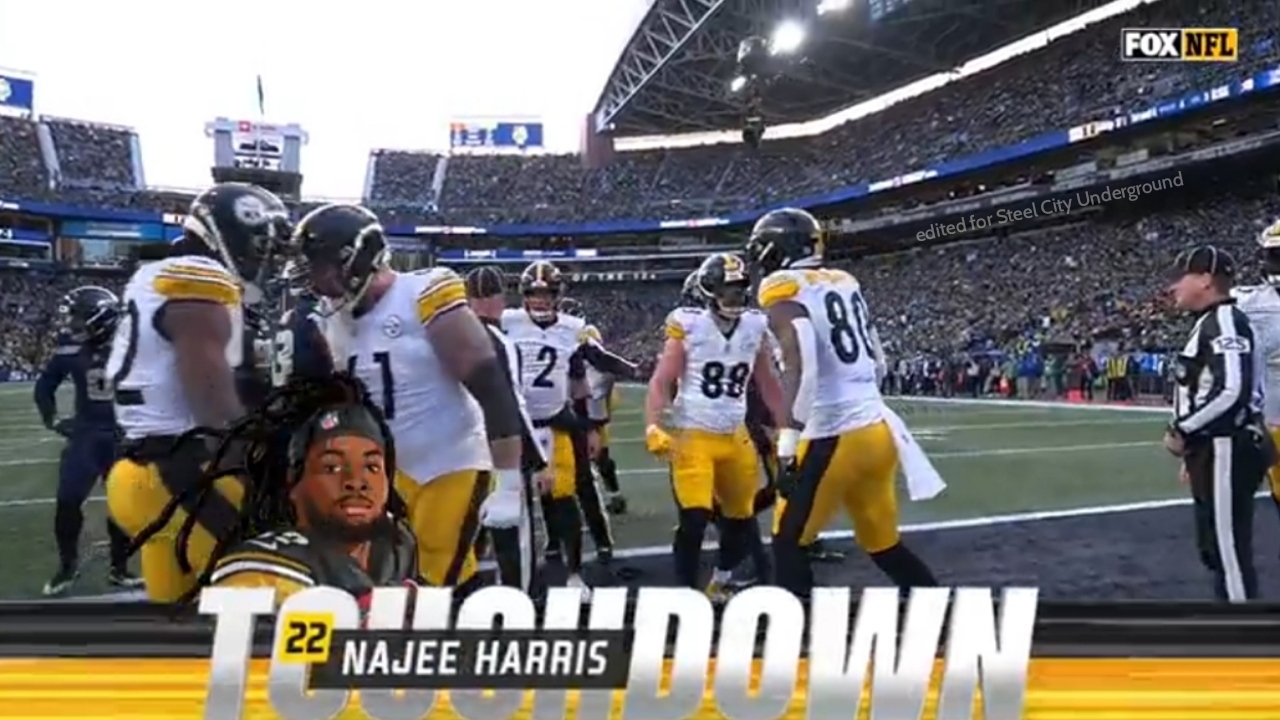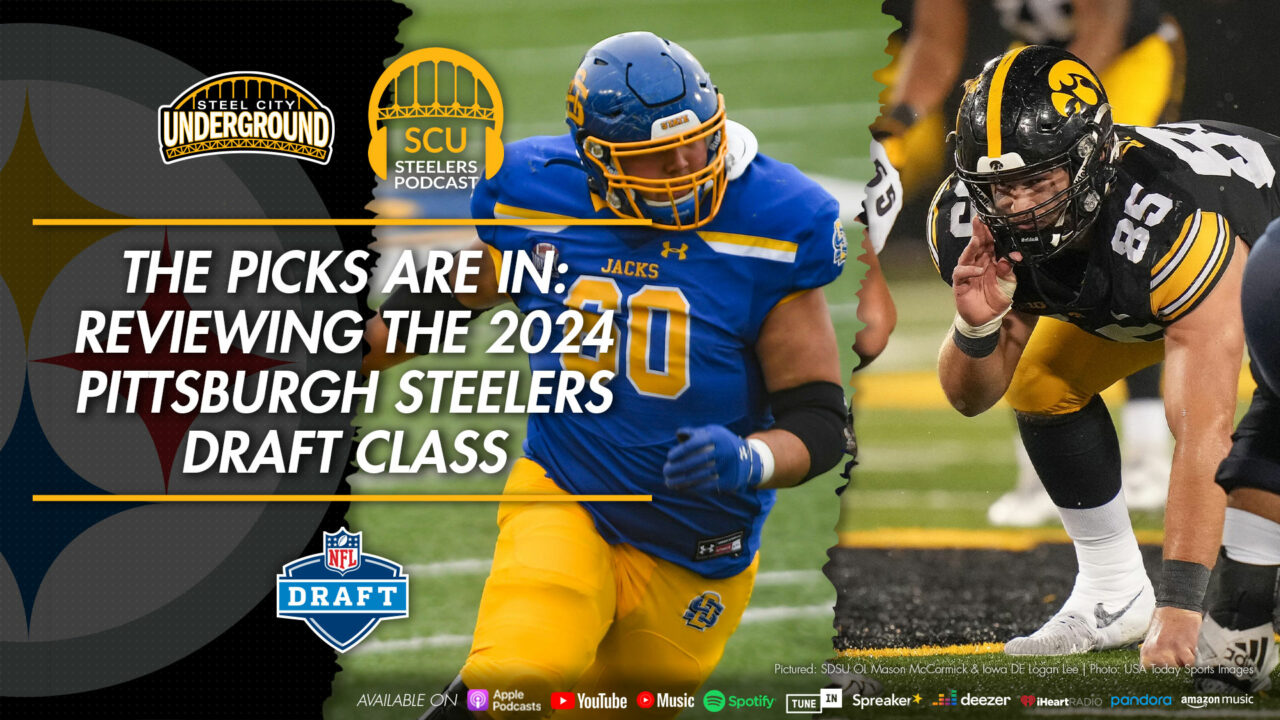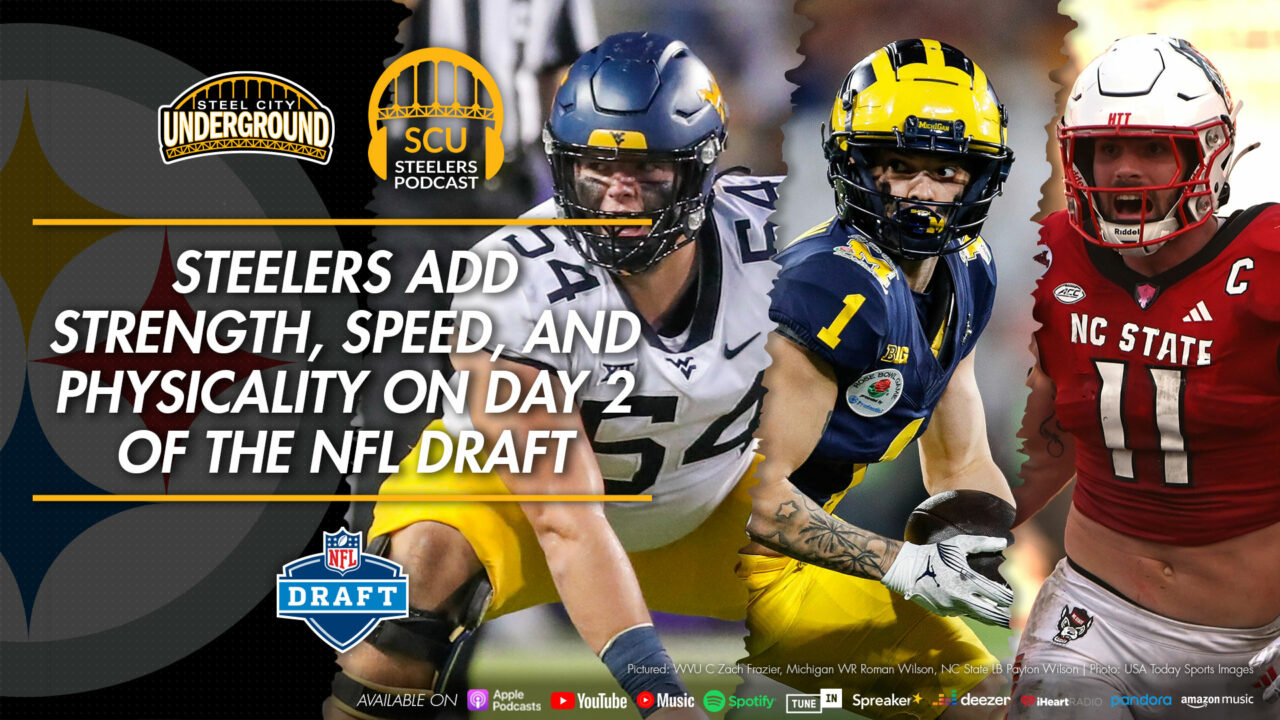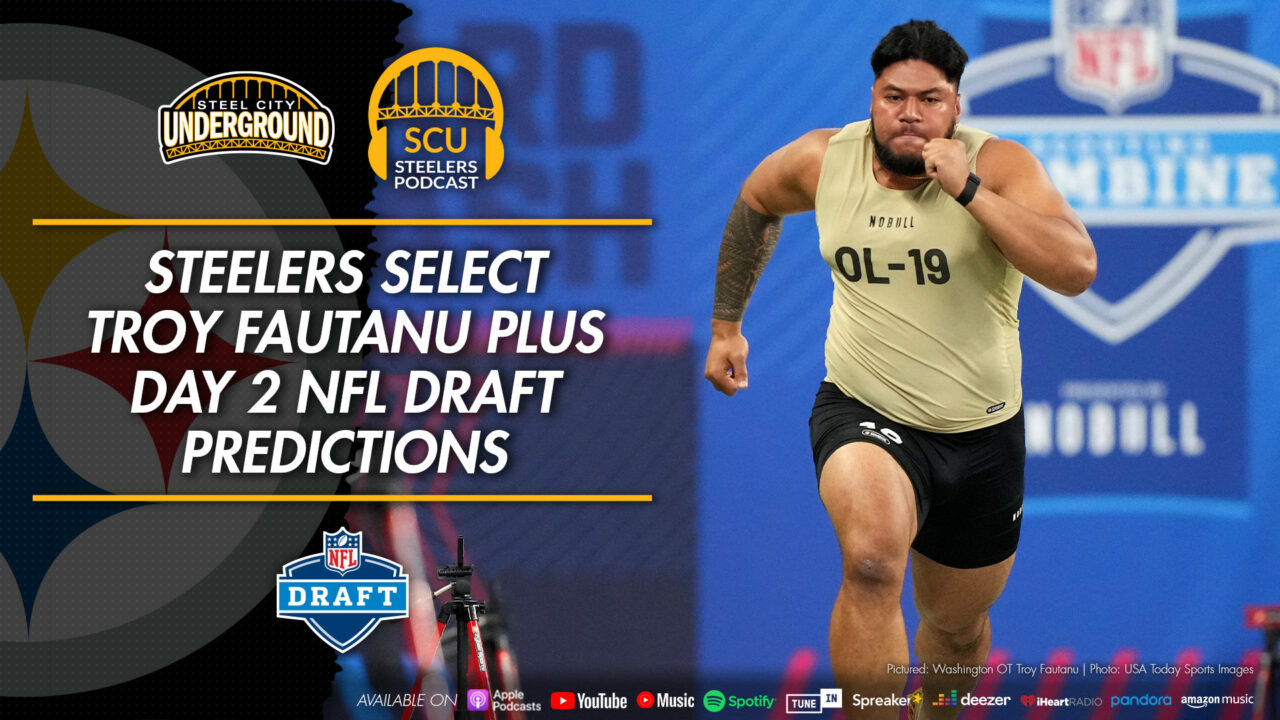The precarious case of franchise tagging Le’Veon Bell
February 15th was the first day of a two-week window in which NFL teams could designate a franchise or transition tag on players. Teams have until March 1 at 4 p.m. EST. in order to designate players, or they could run the risk of allowing them to enter free agency.
In total, teams have three tags at their disposal, per NFL.com:
Non-exclusive franchise tag
The most common designation, is a one-year tender offer to a player for an amount no less than the average of the top five salaries at the player’s position over the last five years, or 120 percent of the player’s previous salary, whichever is greater.
The designated player can negotiate with other teams, but the player’s current team can match any offer. If they choose not to, they will receive two first round draft picks in return, for losing the player.
Exclusive franchise tag
This tag is a one-year tender offer to a player for an amount no less than the average of the top five salaries at the player’s position for the current year, or 120 percent of the player’s previous salary, whichever is greater.
The designated player cannot negotiate with other teams.
Transition tag
The transition tag is a one-year tender offer to a player for an amount that is the average of the top 10 salaries at the position — as opposed to top five. It guarantees the original club the right of first refusal to match any offer the player might receive from another team, but no compensation if the team chooses not to match.
More tag turmoil
No matter which tag is used on a player, teams are only permitted to one of the three options available in a single year. Teams are also permitted to tag the same player up to three times. It’s also important to point out that tagged players have until 4 p.m. EDT on July 15th to negotiate a multiyear deal with their team. Following July 15th, tagged players can only sign a one-year deal with their team for that season, with an extensions barred until that team’s final regular season game has been played.
Teams can also back out of their tags as long as the offer sheet hasn’t been signed by the player. Once signed, that player’s salary is guaranteed for the season.
Also, rescinding a tag doesn’t give teams the opportunity to reuse it: once a tag has been designated, that’s it. There are no mulligans.
So what about Bell?
All of this information is key in the Pittsburgh Steelers negotiations with running back Le’Veon Bell for several reasons. The Steelers sparingly use any tags on their players, but have in the past. They used franchise tags in 2009 on T Max Starks, 2010 on K Jeff Reed, and 2011 on LB Lamarr Woodley. They also used a transition tag on OLB Jason Worilds in 2014.
Rumors indicate the Steelers may be willing to use the franchise tag on Bell this season, as a one-year “prove it” style deal which fairly compensates the fifth-year back, while giving the club some insurance should he fall out of favor with the NFL again. Over the past few seasons, Bell has served suspensions for off-field issues, while he has also battled major injuries to get back on the field. While the injuries are not in Bell’s control (low hits) the off-field antics are, and it’s likely the Steelers do not want to get rid of their star running back, but also likely they’re not prepared to fork over a multiyear big money deal until they’re assured they’ll have said star for a full season.
If the franchise tag is an obvious choice for Pittsburgh’s front office, one has to wonder why they haven’t fully committed to it yet.
How does Adrian Peterson factor in?
The standard-bearer for running back contracts, Adrian Peterson’s highest-paying, current deal could affect what Le’Veon Bell will make in 2017, if the Steelers were to tag Bell. Minnesota has a tough decision to make, and soon, on whether they will keep Peterson on their roster. If they do, the 31-year-old running back is due a $6 million roster bonus for 2017. Should the Vikings seek cap savings, they will either have to negotiate a pay cut with Peterson, or release him.
According to NFL Media’s Cynthia Frelund, if Peterson stays in Minnesota, Bell’s tag would be worth $12 million. However, if Peterson is released, the running back tag will drop to $8 million, since Peterson’s $18,000,000 cap hit is by far the largest in the league. (LeSeaon McCoy’s cap charge of $8,875,000 ranks far behind as the second-highest.)
Turns out that NFL Media’s Cynthia Frelund was misinformed according to several persons who questioned the information on Twitter, and our own friend over at Steelers Wire, Simon A. Chester, who was kind enough to share the following:
Per the CBA, the non-exclusive tag average shall be calculated by:
- Summing the amounts of the Franchise Tags for players at that position for the five preceding League Years;
- Dividing the resulting amount by the sum of the Salary Caps for the five preceding League Years and
- Multiplying the resulting percentage by the Salary Cap for the upcoming League Year.
In other words, the percentage (Steps 1 and 2) are already factored due to preceding league years. Bell’s tag will be worth 7.257% of the final cap, once it’s officially set.
How do other Steelers factor in?
With the Steelers needing to do deals with a number of other players such as Antonio Brown, and possibly looking ahead to securing Stephon Tuitt and Ryan Shazier to long-term, it’s estimated that Le’Veon should rake in just over $12 million if he were tagged. This has led to speculation on whether Bell would sign a tag offer sheet if the money is far below his now well-known rap lyric of “$15 million”.
A likely scenario is that the Steelers could choose to tag Le’Veon, and work out a deal before the June deadline that might be more “team friendly”. Regardless, Bell will cash in on a deal bigger than McCoy’s.
Just how big, and how long, is the question.
The Buffalo running back signed a five-year deal in 2015 worth $40 million, with a signing bonus over $13 million, and over $18 million of his salary guaranteed. The financial details average out to a $8 million per year, far below what the average for a franchise tag. The tag could prove more costly to the Steelers than a contract similar to McCoy’s. Regardless of the final figure, Peterson’s current contract has already set the bar high on a long-term deal with Bell, which for all intents and purposes, must be the “best” in football. His contract far exceeds deals done with the league’s other top backs, so it will be interesting to see if Pittsburgh will be in the ballpark of Peterson’s particulars, if the tag is not executed for Bell in 2017.
Prior to popular belief, the Steelers have in fact broken the bank on blockbuster deals in the past, making Woodley their highest-paid defender in history (at the time) as well as making Maurkice Pouncey one of the highest-paid centers in all of football. Recently Ben Roethlisberger also banked on one of the richest contracts in the league.
So it’s not a matter of if Bell will be on the Steelers roster in 2017, but how much he will be making. And oddly, the market all hinges on one of his role models (Peterson) to find out his final value.
Editor’s note: this article has been updated to reflect a correction to the incorrect information which aired on NFL Network this week.


